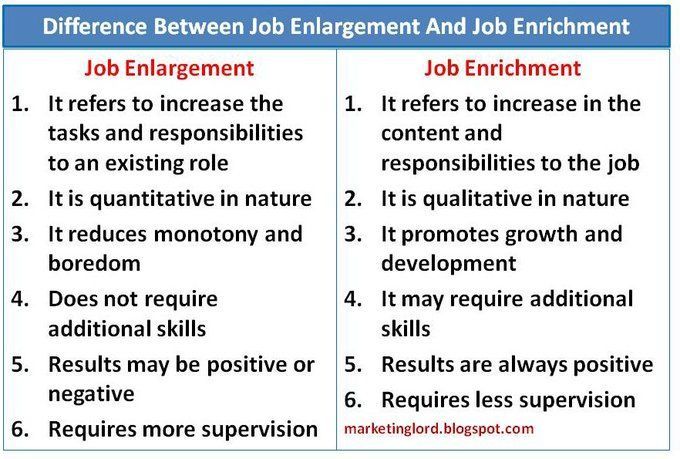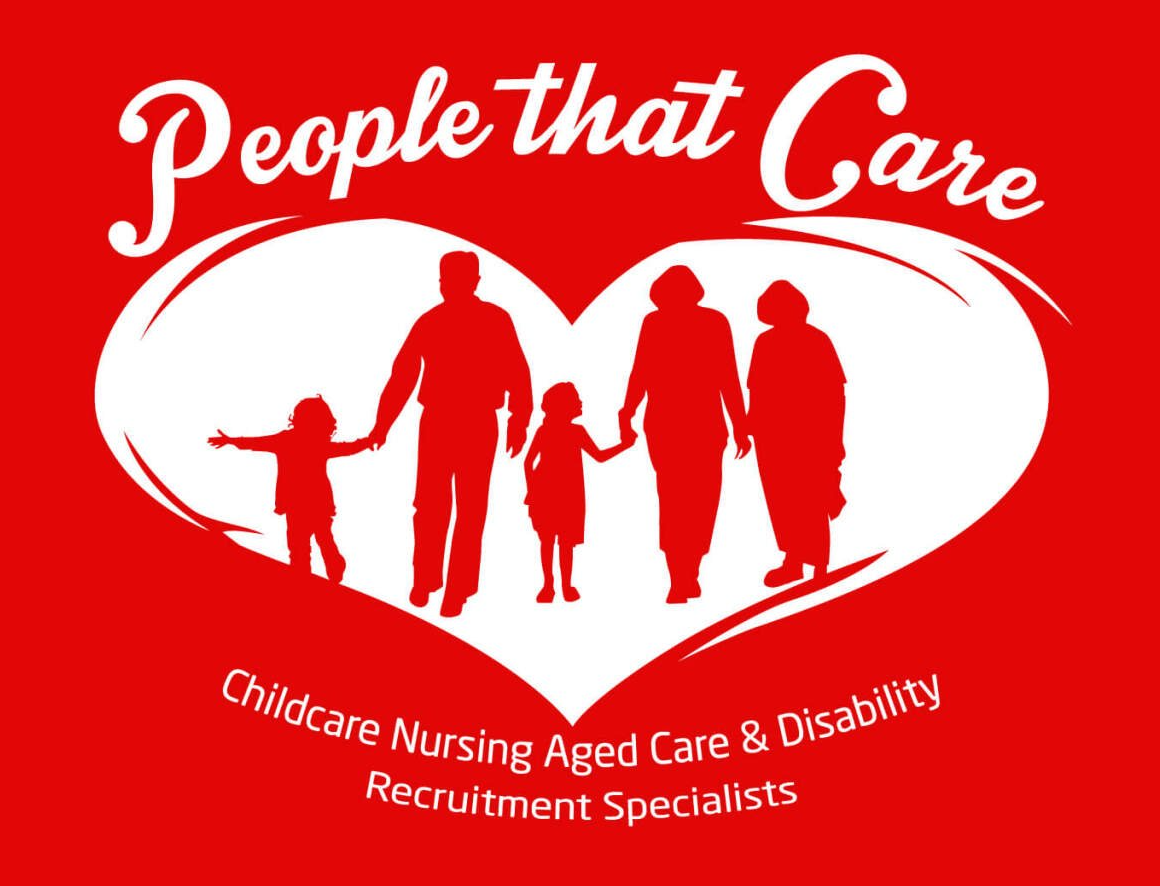Ways to Show Outstanding Employee Recognition
It’s been said that people don’t leave bad jobs; they leave bad bosses. This can be true in some cases, but recognition and appreciation also play a big role in employee happiness and engagement.
Outstanding employees need to feel acknowledged for their hard work and accomplishments – otherwise, they may lose motivation and look elsewhere for a job where they’ll feel appreciated.
That’s why it’s important to create a culture of appreciation and an environment that encourages employees to do their best by recognising an employee’s accomplishments and providing valuable feedback.
So how can you make sure you’re giving your top performers the recognition they deserve? Read on for some tips on outstanding employee recognition.
Public Recognition
Public recognition is a great way to inspire and motivate employees. It reinforces the idea that their hard work and dedication are appreciated. And it encourages them to continue striving for excellence.
When someone receives public recognition for their efforts, they become more confident, which can lead to increased productivity and higher morale in the workplace.
Moreover, public recognition communicates to other team members that there are rewards for putting in extra effort in the workplace. Communication is key. This can help foster an environment where everyone works together towards a common goal of success.
It also sends a powerful message outside the organisation; it shows that you value your staff and recognise their accomplishments. This can help build trust and loyalty amongst customers, partners, or investors.
Here are a few ideas to show appreciation for your employees in public:
Host an awards ceremony or luncheon
Hosting an event to celebrate individual accomplishments is a great way to recognise outstanding employees. This can be as simple as presenting certificates or plaques to recognise hard work and dedication.
Shout-outs
Giving out shout-outs in team meetings, emails, or on social media is an easy way to show appreciation to someone who goes above and beyond or completes a project successfully.
Employee showcase
Sharing employee stories on your company website or blog so the world can see. These stories are a great opportunity to share employee testimonials, accomplishments, and successes.
You can even feature an “Employee of the Month” on your company website or social media pages to recognise that person’s hard work and contributions.
Take them out for lunch
Taking your employees out to lunch or dinner is one of the most effective ways to express your appreciation and recognise their efforts. It’s a great way to create a positive employee experience. This type of reward communicates clearly that you value them as individuals and the contributions they make to your company.
You can create deeper connections with each person in your organisation and build stronger relationships by having a good meal together. If you go out as a group, it will boost morale in the workplace, strengthen coworker relationships, and reaffirms each person’s commitment to achieving success as a team.
Remember to keep it professional and respectful. When taking employees out to lunch or dinner, it is critical to maintain a certain level of professionalism. Ensure that everyone is at ease throughout the event and that the conversation remains relevant and productive.
Also, keep in mind that some employees may have dietary restrictions or preferences, so ask ahead of time if anyone has any special needs before making any reservations.
Fostering peer-to-peer recognition
Peer recognition is an important factor in creating a positive work environment and increased productivity. It boosts morale, encourages collaboration, and gives employees a sense of direction. Through this, leaders can build a culture of appreciation that encourages team members to strive for excellence and build meaningful relationships with each other.
Peer recognition not only provides immediate gratification, but also reinforces positive behaviors and sets an example for others to follow. It sends a strong message that hard work is appreciated and rewarded.
When an employee’s contributions are recognised by their peers, they feel valued and appreciated, which leads to increased job satisfaction and loyalty in the workplace. This can also help improve departmental communication because teams are more likely to collaborate when they respect and trust one another.
In addition to improving morale, peer recognition fosters healthy competition. When team members are recognised for their efforts, it encourages employees to go above and beyond their daily duties and also serves as motivation to keep working toward common goals.
Cash bonuses
Cash bonuses are an excellent way to reward and recognise employees for their hard work and dedication. They can be used to recognise and reward individual or team performance, as well as to commemorate milestones or achievements.
Cash bonuses not only show appreciation for an employee’s efforts, but they also provide employees with a tangible incentive to continue striving for excellence in the workplace. You can show employees that their work is valued and appreciated by including cash rewards in your recognition program.
Furthermore, cash bonuses contribute to a positive work environment by encouraging employee loyalty and motivation. Employee recognition through cash bonuses, when used effectively, can lead to higher morale among employees and overall job satisfaction.
Non-cash rewards
Non-cash rewards can be a powerful tool for recognising and rewarding employees for their hard work and dedication. These types of rewards provide a personalised, meaningful way to express gratitude that money cannot buy. Non-cash rewards that are popular include:
Offering flexible scheduling options
Allowing employees to set their own schedules is a great way for employers to give back with minimal effort. If applicable, this could be done on an individual basis or across entire departments.
Giving gift cards
Gift cards are an excellent way to express gratitude because they allow employees to choose what they want or need when they want it. This type of reward has the potential to become a recurring benefit if employers implement a gift card program that allows employees to use them on various occasions throughout the year.
Offer time off
For many employees, time away from work is more valuable than money, so providing additional paid days off or allowing employees to take a long weekend can be a great way to show appreciation.
Celebrating milestones
Whether it’s an employee’s birthday, a work anniversary, or another special occasion, taking the time to acknowledge and celebrate these occasions together can create lasting memories for all parties involved.
Awarding trophies or plaques
A tangible award, such as a trophy or plaque, is one of the best ways to officially recognise employees. This could be in the form of annual awards presented at company parties or individual recognition items displayed on office walls.
Whatever type of non-cash reward you choose, keep in mind that your gesture should come from the heart and demonstrate how much you appreciate your employees’ contributions.
Provide professional development opportunities
Offering professional development opportunities is an effective way to thank employees for their efforts. When you invest in your employees’ growth and development, they feel valued, appreciated, and respected. Taking the time to nurture them through learning experiences will also allow them to contribute more effectively to the success of your organisation.
You can provide professional development opportunities for your employees in a variety of ways. You could provide classes like getting Google Skillshop or workshops on specific job-related skills or soft skills such as communication and problem-solving.
It may also be beneficial to bring in outside experts who can provide expert advice or instruction on specific industry topics. Offering cross-training or shadowing sessions with other departments is another excellent way to provide professional development opportunities.
It is critical to recognise the worth of your employees and their contributions to the success of your company. Providing professional development opportunities is an effective way to demonstrate your commitment to their growth and development, which can foster loyalty and engagement. Investing in your employees’ education and training will benefit both them and the organisation. It will provide them with the skills they need to succeed while also assisting in the creation of an excellent culture within the company.
Employee development is an essential component of any successful business strategy because it motivates employees, fosters innovation, and propels organisational growth. By providing professional development opportunities, you not only recognise your employees’ efforts but also provide them with the tools they need to succeed. It will also foster a dynamic and thriving workplace culture in which everyone is encouraged to learn and grow.
Throw a party
Throwing a party for employees is a great way to show outstanding employee recognition and your appreciation and recognition. Parties are ideal for thanking employees for their hard work, dedication, and loyalty. Employees not only feel appreciated and valued, but they also have the opportunity to socialise with their coworkers outside of the workplace. This fosters relationships and fosters camaraderie among team members.
Celebrating accomplishments together can inspire everyone and strengthen coworker bonds. It can also aid in the development of a sense of belonging within the organisation, which can lead to increased job satisfaction and productivity levels in the long run. Furthermore, parties are enjoyable ways to boost morale and reduce stress during times of difficulty or uncertainty. Finally, throwing an employee party is bound to be a fun and rewarding experience for everyone involved.
Throwing a party can also be a cost-effective way to express gratitude and recognition. Even if the budget is limited, a creative celebration that highlights employees’ accomplishments can have a positive impact.
When it comes to making employees feel valued and appreciated, simple gestures like recognising them in front of their peers or small rewards like gift cards or discounts can go a long way. Throwing a party is thus one of the most effective ways to express gratitude while remaining within a reasonable resource budget.
A simple thank you
A simple “thank you” can convey a wide range of positive emotions and go a long way toward making an outstanding employee feel valued. In today’s fast-paced business world, however, many employers frequently overlook this small but powerful gesture.
The truth is that taking the time to thank an employee for their hard work and dedication pays dividends in the long run. Not only does it show that you are grateful for their efforts, but it also reinforces to them that they are appreciated and encourages them to continue striving for excellence. Furthermore, expressing gratitude helps to strengthen the bond between employer and employee, which in turn boosts morale, loyalty, and trust for both parties.
In Summary
Overall, employers can recognise the outstanding contributions made by individual employees or teams on a daily basis in a variety of ways. This is outstanding employee recognition. Employers can help create an engaged workplace culture in which everyone feels valued and appreciated by taking the time to thank, reward, and recognise their employees’ hard work and dedication.
Congratulations to all organisations that take the time to appreciate their employees. You will surely reap the benefits of increased engagement, retention, and results.
About the Author
Joe Troyer is one of the founders of Virtual Valley. Our latest venture Review Grower aims to compete in a market with competitors doing hundreds of millions a year. Our goal is simple: By creating enterprises that address the most pressing issues affecting tomorrow’s top firms, we enable growth in marketers, agencies, and companies.
Source: https://inside.6q.io/outstanding-employee-recognition/


